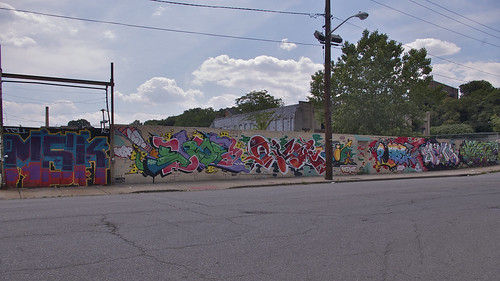by Charlie Huenemann
Denying the existence of the material world never goes down well. No matter how clever and compelling the arguments, most of us want to insist that matter exists – and as our insistence becomes more vehement, we start pounding tables, as if that will impress our interlocutors.
Time and again over the years, I have tried selling idealism to students through George Berkeley's arguments. “You know, all you ever experience are perspectives of the world, right? So what idea can you possibly have of a world existing in itself, independently of any perspective? None, of course. So why not dispense with it, and just believe in perspectives that are coordinated with one another?” No dice. They are unmoved.
And I have also tried the more Greco-Germanic route. “You know, the more we strive to understand the physical world around us, the more we end up expressing the world in mathematical structures and relations. So why not think of the world as a set of mathematical structures, and forget about the alleged 'matter' that is supposed to instantiate those structures?” Again, blank stares (thought perhaps it is because I used the word “instantiate”).
In any case, most of us feel a deep need to assert the reality of the material world. Indeed, some of us sneer at the idea of trying to go without it. “Good luck crossing the street,” some may advise a would-be idealist. “The cars might not share your philosophy.” But I wonder – what is behind this deep need? What does the idea of “matter” do for us to earn such dedication on our part?
The more I have thought about it, the more I am drawn to an “obstaclean” theory of matter. To put the theory as simply as possible: matter is ultimately stuff that gets in our way. Material objects are obstacles, pure and simple. We might want this or that, and so we embark upon some plan, but then – wham! Something gets in our way. We didn't plan for that, and we certainly didn't want it. It's there independently, on its own. That's what matter does. That's what matter is. It is the sh*t that gets in our way.


